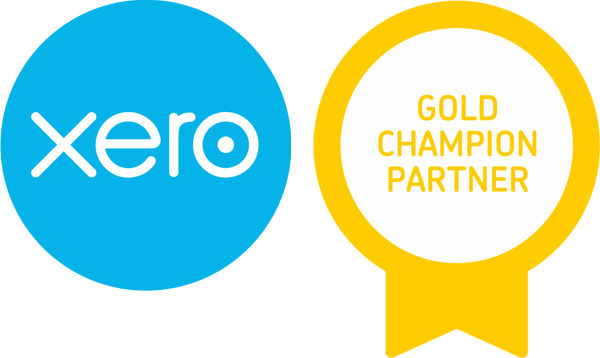Strategic Planning: Turning Vision into Action
Ever walked out of a Strategic Planning Day feeling inspired…only to see the plan disappear into a drawer and never be mentioned again? You’re not alone.
Over the past decade, Strategic Planning Days have become a popular way for businesses, organisations, and community groups to set direction. The idea is simple: get the right people in the room, align everyone’s focus, and map out the path to success.
In theory, the resulting plan becomes the roadmap for measuring progress and guiding big decisions. In reality? Too often, it’s filed away, never to be seen again.
Why Does This Happen?
From experience, a few common culprits keep plans from being used:
Planning too far ahead
A five-year plan sounds ambitious, but it’s often impractical. If a goal won’t be touched for four years, by the time you get there, your business will have changed direction. Focus on what you can act on in the next one to two years to keep momentum and relevance.
Unrealistic vision and mission statements
If your Vision and Mission Statements don’t truly reflect your beliefs and purpose, they’ll feel empty. A vision should inspire. A mission should clearly define your purpose. Both need to be authentic.
Lack of readiness for change
Not every organisation is ready for growth. Some are managing crises and have no spare resources for meaningful change. Strategic planning works best when you have the capacity to implement change.
What Successful Strategic Planning Looks Like
To create a plan that works, keep your focus on the next one to two years. This ensures every goal is relevant, urgent, and measurable.
A productive Strategic Planning session (often run over a full day) should include:
- Setting or reviewing your vision: What do you want the business to become?
- Clarifying your values or purpose: Why does your business exist, and what principles guide it?
- Defining goals and strategies: What actions will move you from where you are now to where you want to be?
Understanding Where You Are Now
Before you set the destination, know your starting point:
- External environment: Spot opportunities and threats from economic conditions, competitors, customer trends, or industry changes.
- Internal environment: Identify strengths and weaknesses in areas like staffing, processes, systems, services, and financial stability.
Setting Goals That Drive Action
Most strategic goals tend to fall into five categories:
- Risk
- Finance
- Services
- People
- IT
These categories keep your plan balanced and ensure you address both growth and stability.
From Vision to Action
When done well, strategic planning transforms vision into action. It connects big-picture thinking with practical steps, guiding decisions and keeping energy focused where it matters. The key is accountability: Assign clear ownership for every action, track progress against timelines, and understand the financial and resource implications before you start. Bringing in an external party to make you accountable to timelines is highly recommended.
A strategic plan is only as valuable as the action it inspires. Don’t let yours become another forgotten document - use it to drive momentum, create alignment, and make measurable progress toward your goals.
Do you need help turning strategy into results? Contact us to start building a plan that drives action.




